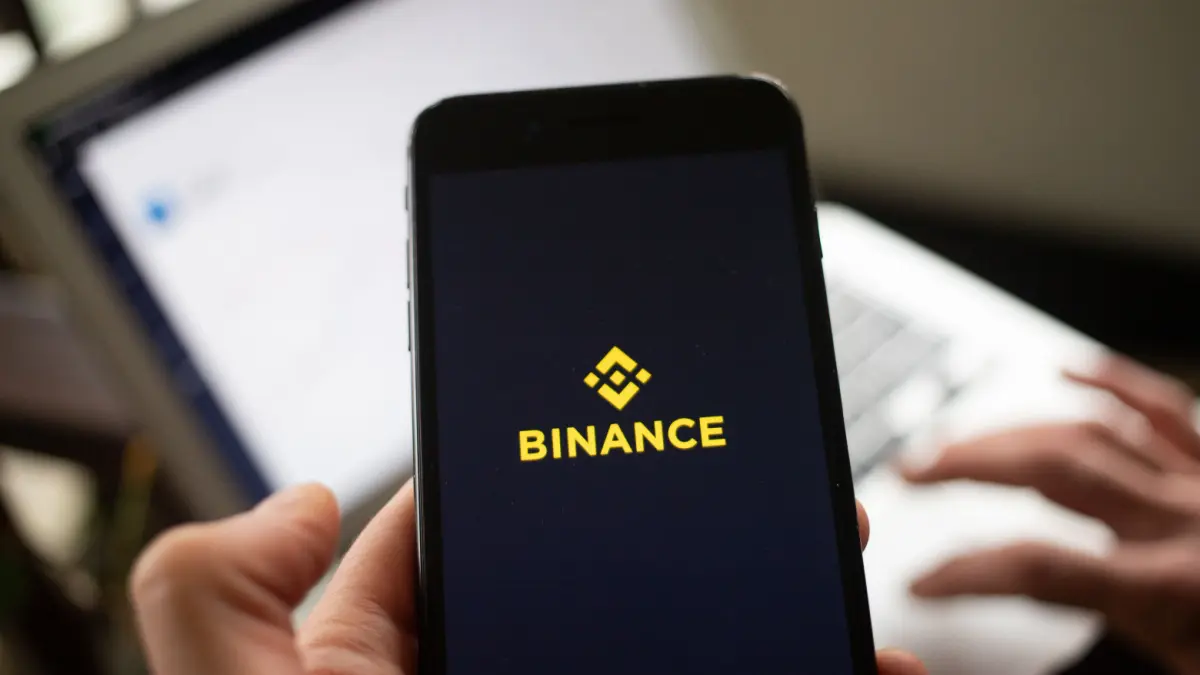Emerging Trends in Asian Crypto Investment
In the evolving landscape of cryptocurrency, recent developments have highlighted a significant shift among institutional investors in Asia, particularly as China Renaissance seeks to raise $600 million for a new investment vehicle centered around BNB, the native token of the Binance platform. This initiative, in partnership with Changpeng Zhao’s YZi Labs, signifies more than just a financial maneuver; it underscores an emerging trend where Asian investors are increasingly pursuing alternative forms of crypto exposure.
ASIAN VERSUS WESTERN STRATEGIES
According to Enflux, a market maker headquartered in Singapore, this move represents a divergence in investment strategies between Eastern and Western markets. “Regional asset managers are looking for exposure to infrastructure tokens that bolster transaction flow, rather than merely focusing on assets that serve as stores of value,” Enflux noted. This statement captures the crux of a broader trend where Asian capital markets are developing their own crypto-native liquidity networks, contrasting with the West’s emphasis on tokenizing traditional financial instruments, or TradFi.
THE ROLE OF BNB IN MARKETS
BNB is a case study for this shift. Although Binance is not a publicly traded entity, BNB operates in a manner akin to a stock, reflecting investor sentiment and the overall confidence in Binance’s ecosystem. As the dynamics of crypto investment evolve, BNB illustrates how regional exchanges and transaction infrastructures are gaining traction. This trend is essential, as it aligns with the notion that value is cultivated through activity, not scarcity.
A BLUEPRINT FOR FUTURE PRODUCTS
Should Enflux’s analysis prove accurate, the China Renaissance fund could serve as a precursor to a new wave of institutional products in the region. These products are poised to manage the pipelines of the crypto economy, focusing on persistent capital vehicles rather than merely gold-like assets. As such pathways emerge, they could redefine how institutional investment interacts with cryptocurrency.
IMPACT ON THE MARKET
The implications of such shifts are substantial. While the Asian markets aim to cultivate crypto-native networks centered on exchanges, staking, and transaction-driven platforms, U.S. and European markets continue to gravitate towards various financial vehicle tokenizations. This contrast in approaches prompts questions about the future of global cryptocurrency dynamics and the potential for diversified investment opportunities.
MARKET MOVEMENTS
Currently, Bitcoin (BTC) is trading above $114,500, maintaining stability as market volatility subsides following the previous weekend. Ethereum (ETH) increased by 1.5%, reaching $4,230, despite experiencing a net outflow of $118 million in U.S.-listed Ethereum exchange-traded funds (ETFs). Meanwhile, gold surged 2% to a record $4,103 per ounce, driven by renewed trade tensions between the U.S. and China and expectations of further interest rate reductions. The Nikkei 225 index, however, encountered challenges, declining by 1.34% amid these uncertainties.
GLOBAL CRYPTO DEVELOPMENTS
- A legislative proposal concerning the structure of the cryptocurrency market is anticipated post-midterm elections, according to TD Cowen (The Block).
- Tom Lee’s Bitmine has capitalized on recent dips, adding over 200,000 ETH to its treasury (CoinDesk).
- Ripple is offering $200,000 to bolster the XRP Ledger Lending Protocol (Decrypt).
This evolving narrative reveals that as Asian markets forge ahead with innovative strategies, the global crypto landscape is on the brink of transformation, challenging conventional investment paradigms.



